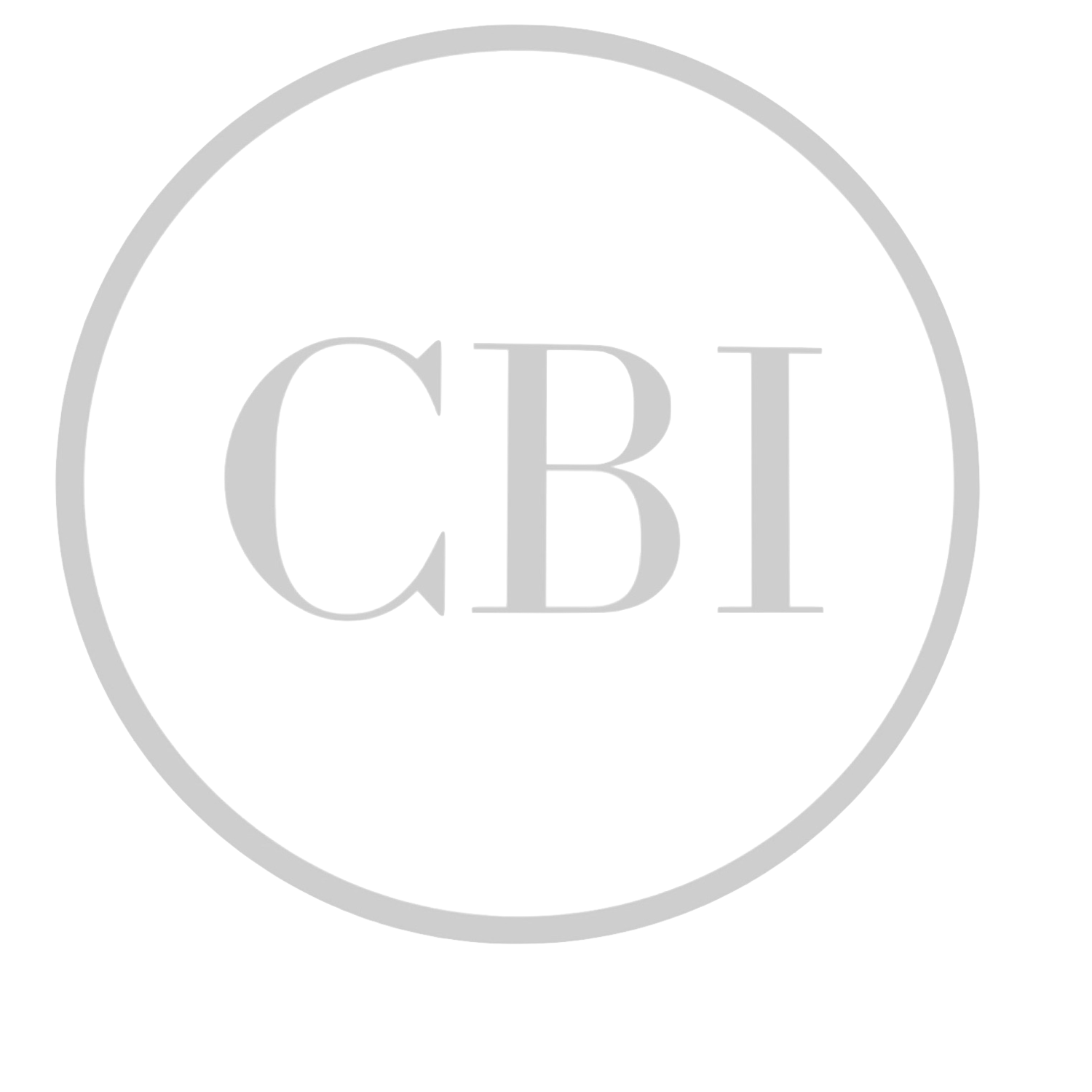Guide to Common Commercial Real Estate Analytical Terms
So you've set your sights on commercial real estate – a fantastic choice for investors seeking long-term returns and portfolio diversification. But before you dive in, it's crucial to meticulously analyze the property's financials. Numbers don't lie, and a thorough financial assessment will reveal the property's true potential and identify any hidden risks. Sometimes though, a newer investor may get caught up in terminology, especially since many of the terms used for analytical data are specific to CRE, but also unfamiliar to many investors. With that said we wanted to put out a guide to common CRE terms, and what they mean.
The Key Financial Metrics for Commercial Real Estate Investors
Here's a breakdown of the essential financial metrics that you may see when evaluating a property:
Gross Rental Income (GRI): This is the total annual rent collected from all tenants.
Vacancy Rate: This is a percentage of your gross rents, that you build in for a vacancy factor. Even if all the units are 100% full at the time of purchase, there will be a time when the unit or building will be vacant, so this should be taken into consideration.
Gross Operating Income (GOI): This is the GRI minus the vacancy rate.
Operating Expenses: Factor in all ongoing costs associated with the property, including property taxes, insurance, maintenance, utilities, and property management fees. These should not include entity level expenses (state filing fees for LLCs, Accounting for Tax Returns, etc…)
Net Operating Income (NOI): This all-important metric reveals the property's profitability before financing and taxes. It's calculated by subtracting operating expenses from GRI. NOI is a strong indicator of a property's cash flow potential.
Capitalization Rate (Cap Rate): This metric translates NOI into a rate of return on investment. It's calculated by dividing the NOI by the property's current market value and multiplying by 100%. A higher Cap Rate suggests a potentially better return, but it should be viewed in context with market trends and property type.
Cash Flow: This refers to the actual money you'll have left over after covering all expenses, including mortgage payments. Positive cash flow ensures you have the resources to cover ongoing costs and reinvest in the property. Understand that a property that is highly leveraged and not cash flowing, can still have positive income that you may have to pay income taxes on.
Net Income (NI): This is the actual net income of the property after taking out non-property level expenses, such as interest, accounting fees, licensing, etc… It is different from the Cash Flow, in that it only includes the interest portion of the mortgage payments, but does not take into account the principle reduction portion of the mortgage payment.
PPSF: Price per square foot. Typically means the price per square foot of building. It is found by dividing the market value by the square footage of the building to achieve a Price Per Square Foot. Be aware that some marketers will use the PPSF as a price per square foot of land, especially with parcels where the land is more valuable then the building.
Conclusion:
Understanding how each one of these metrics are calculated and how they interact with one another will allow you to quickly analyze a property to determine where, and if, there are value add components to the sale, and how to best position your investment going forward.
Ready to take the plunge? Consult with a commercial real estate professional who can guide you through the financial analysis process and help you find the perfect property to add to your portfolio. Reach out to us for all your real estate needs through info@cbicommercial.com or 310-943-8530

